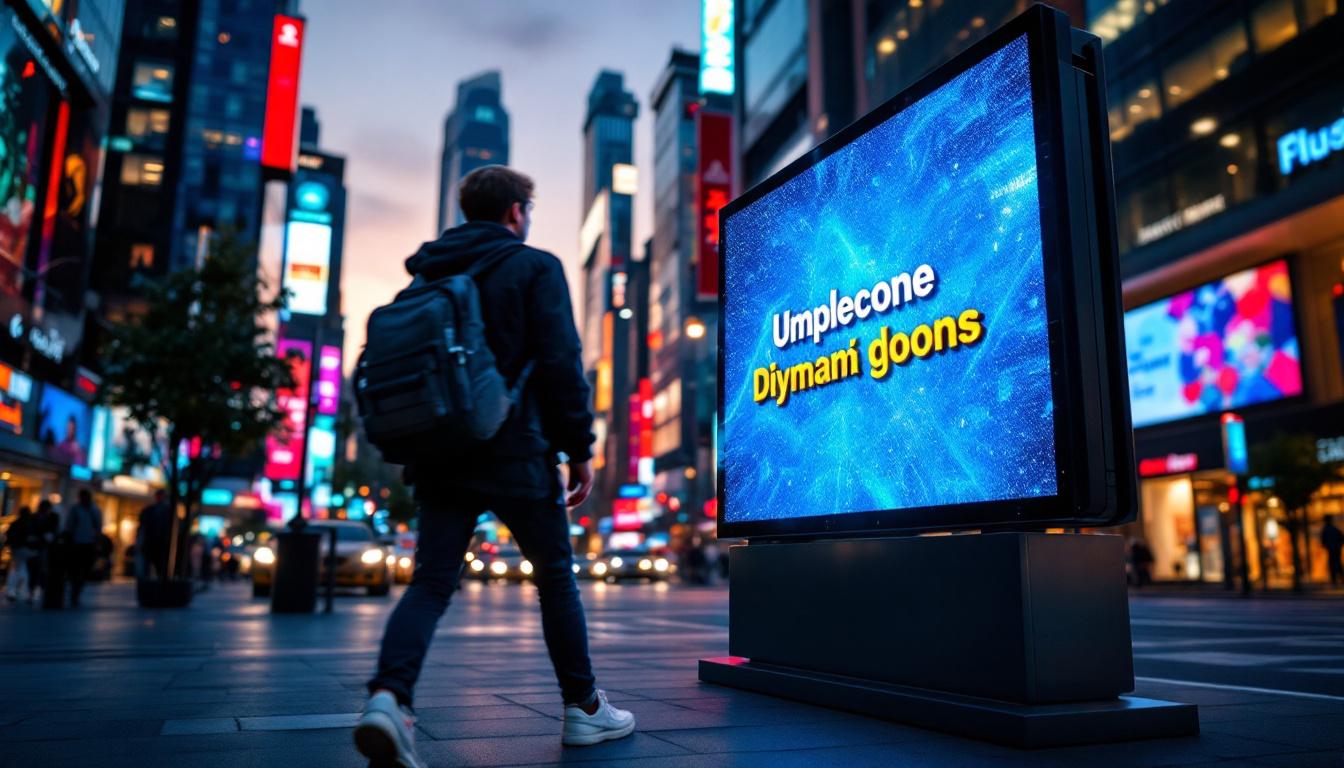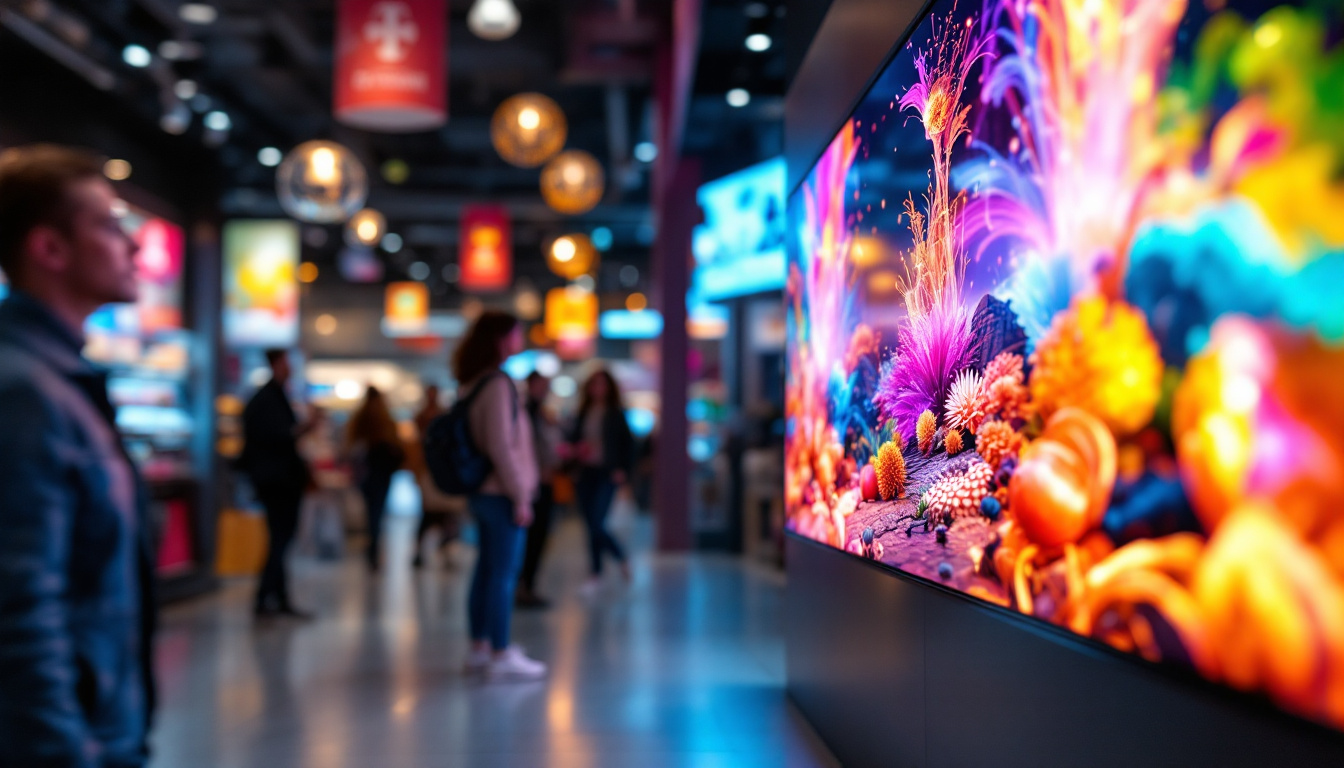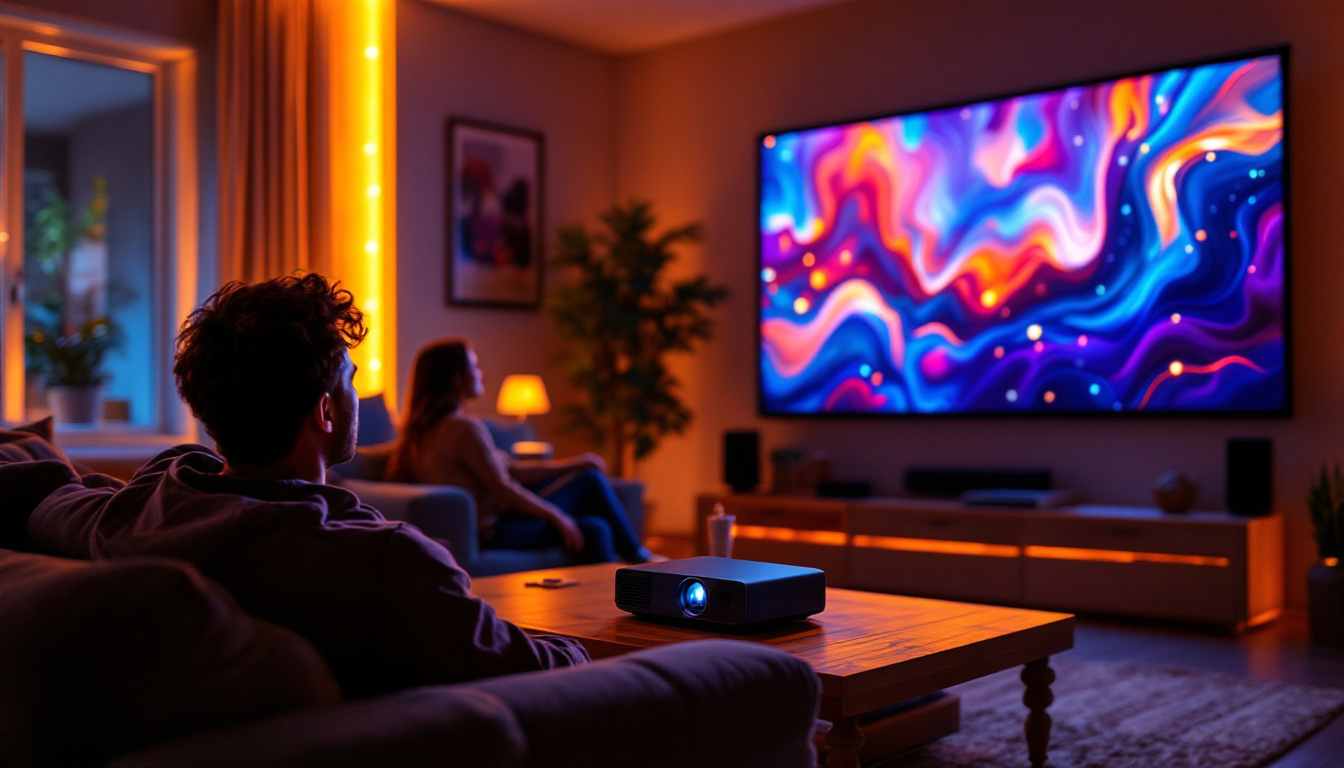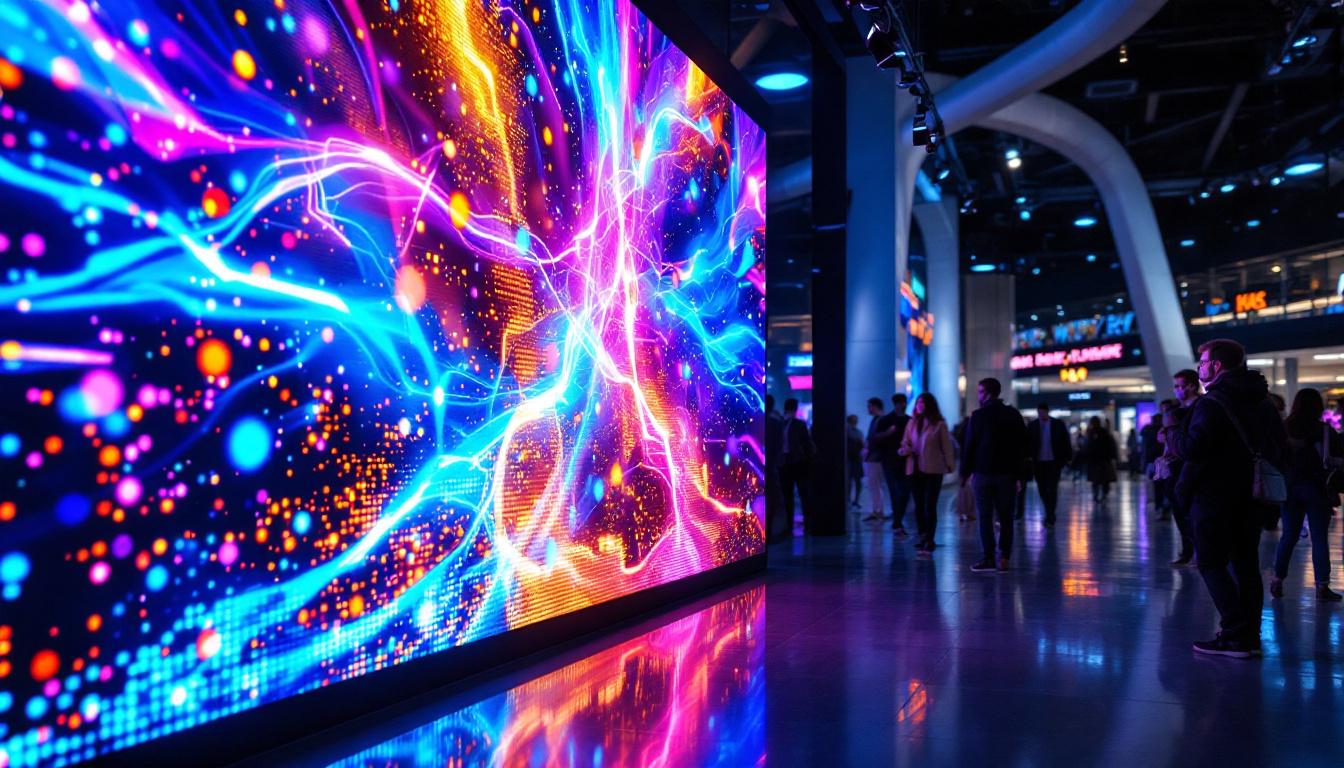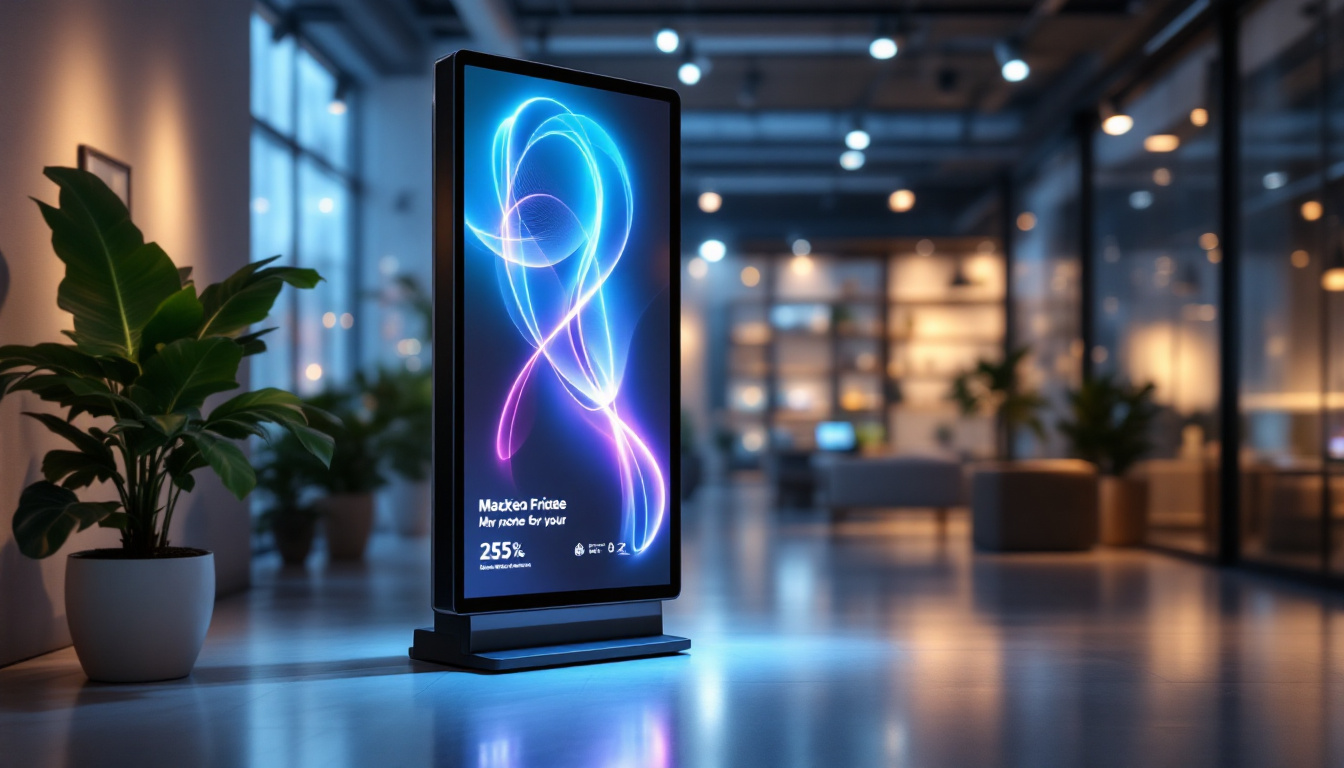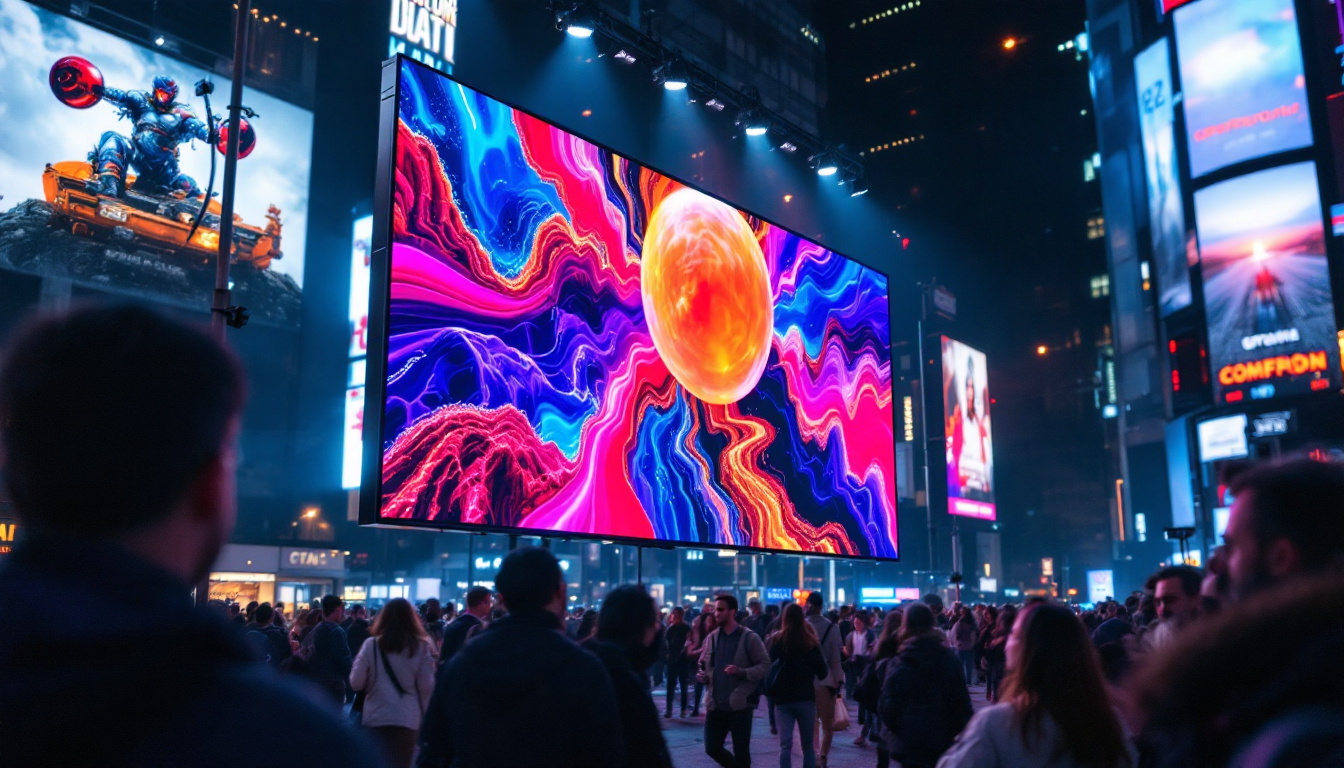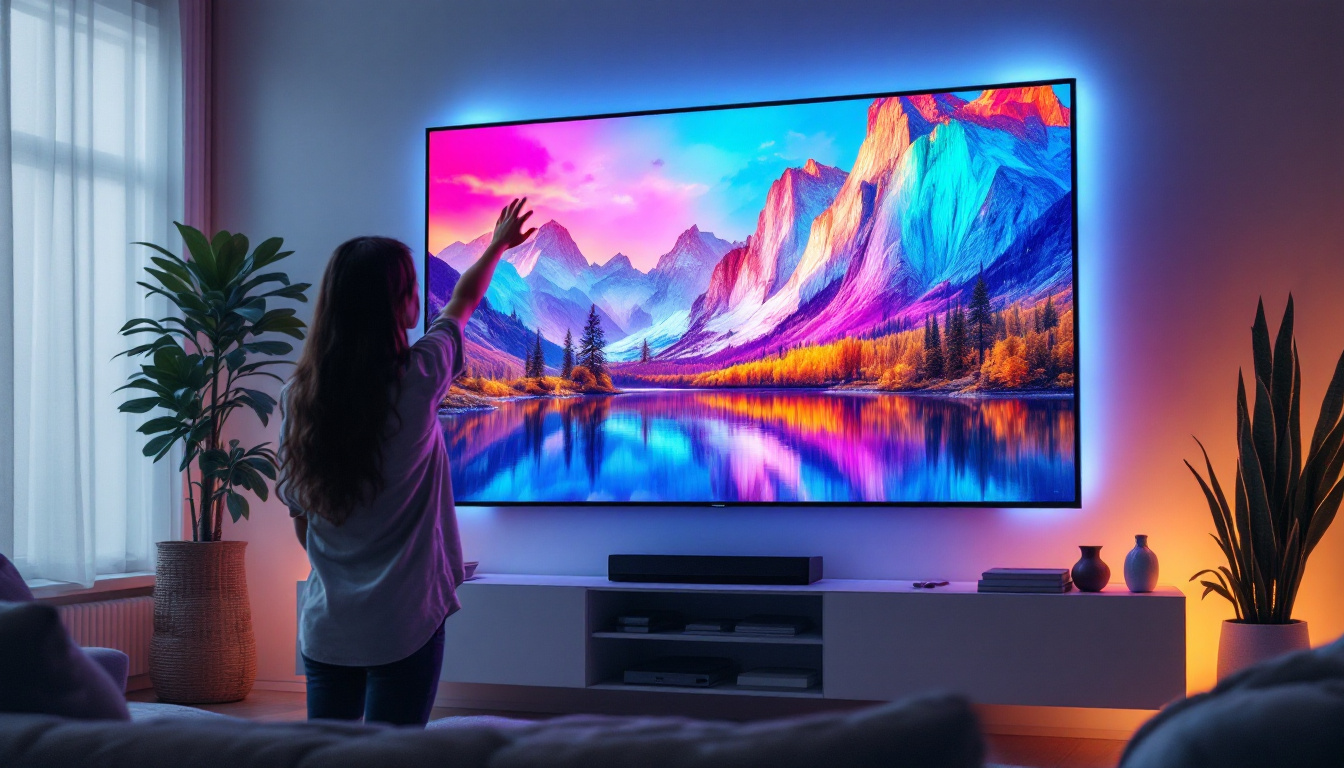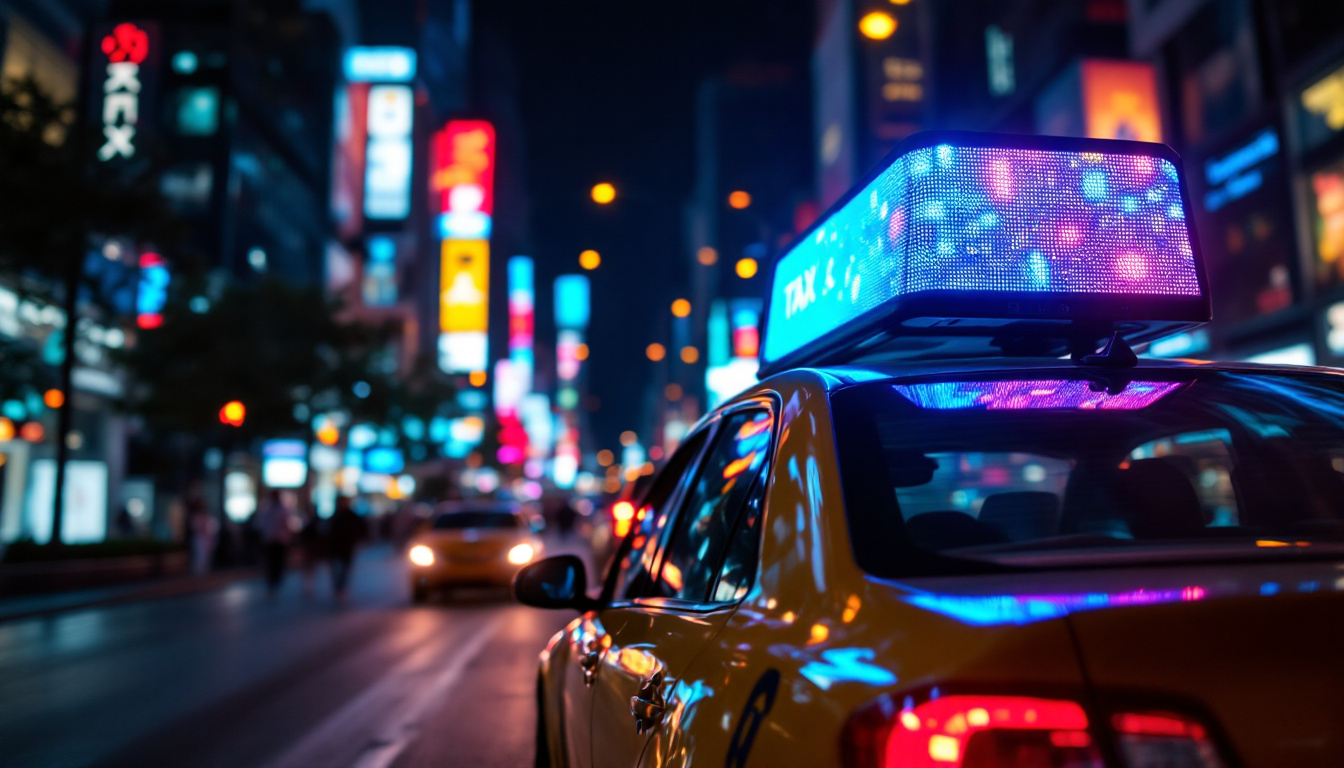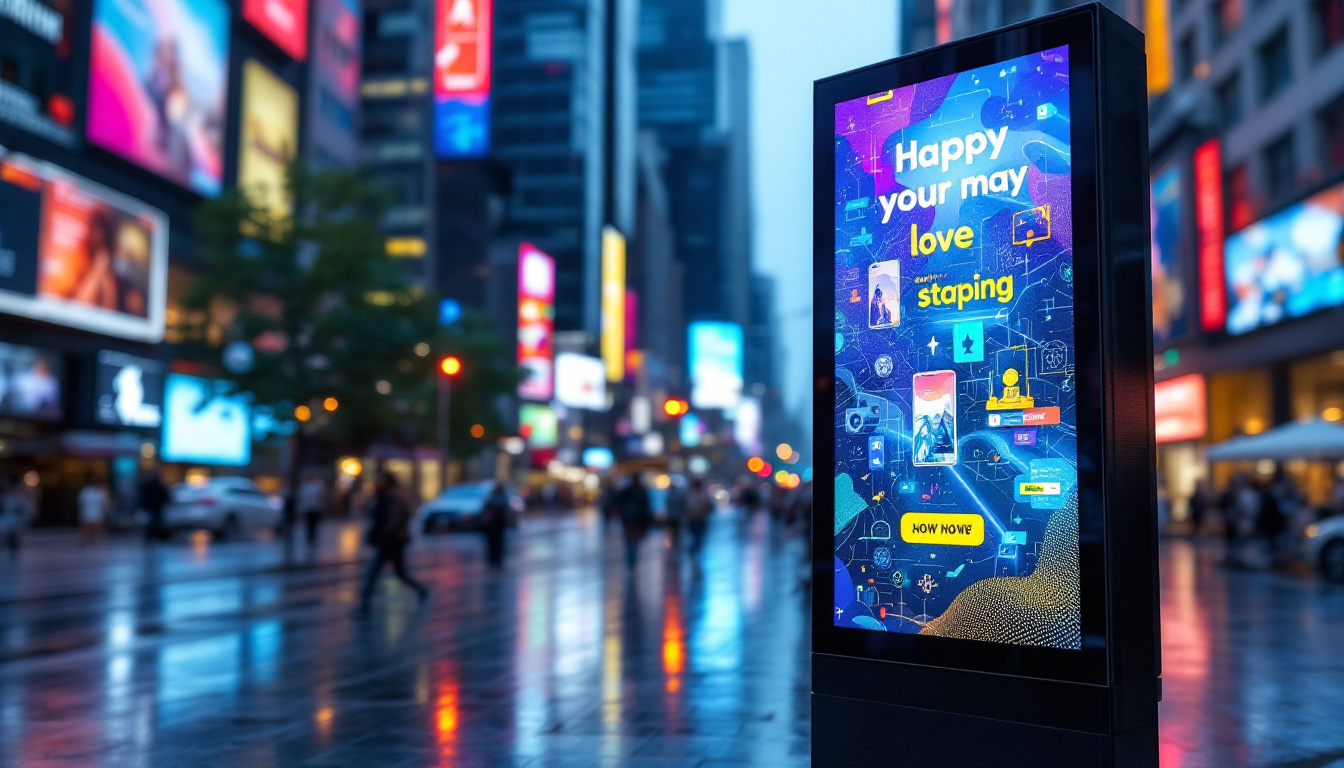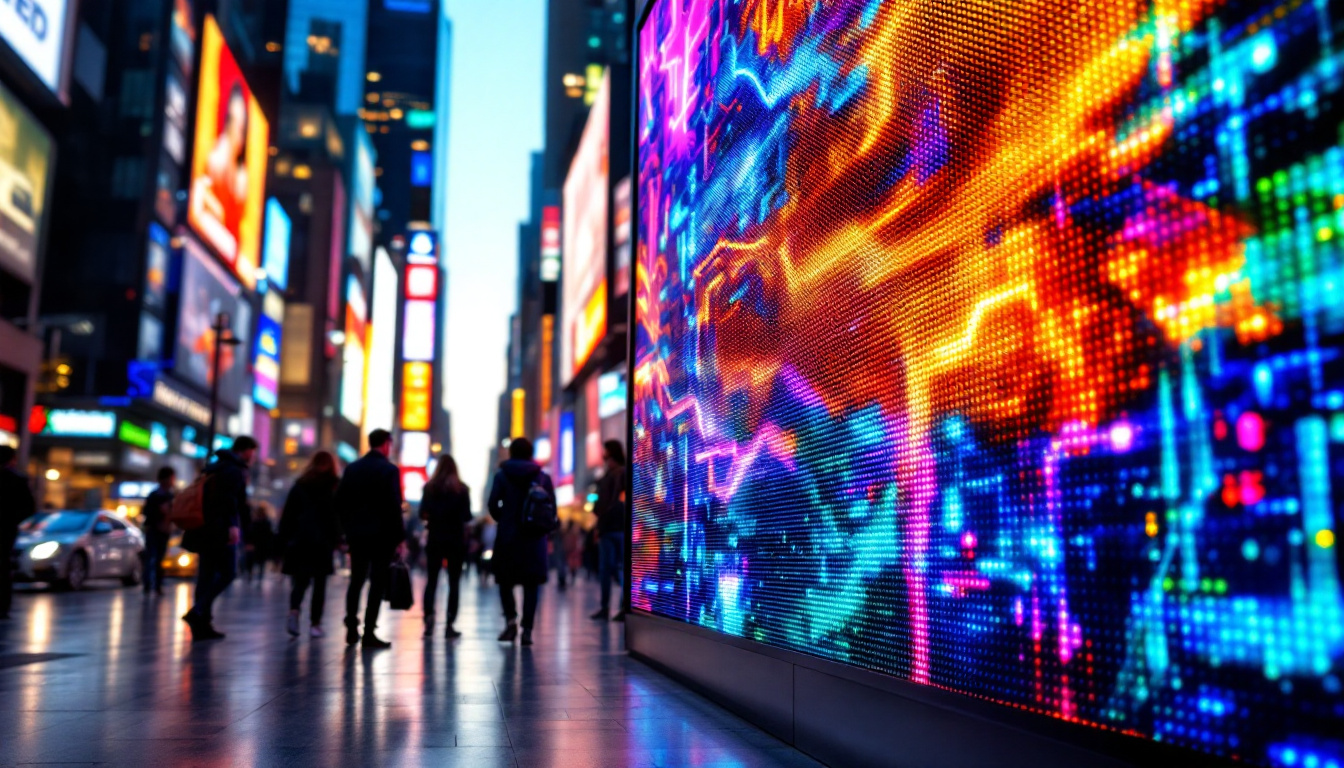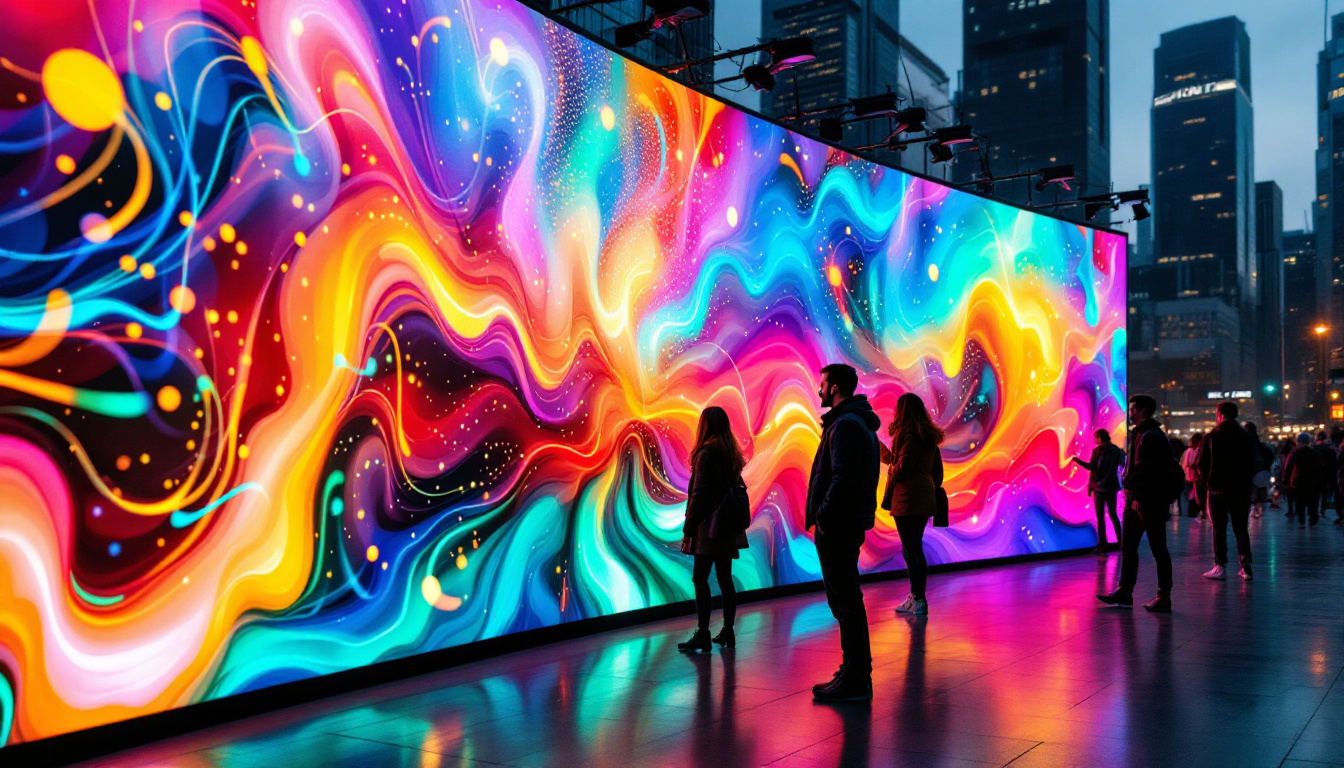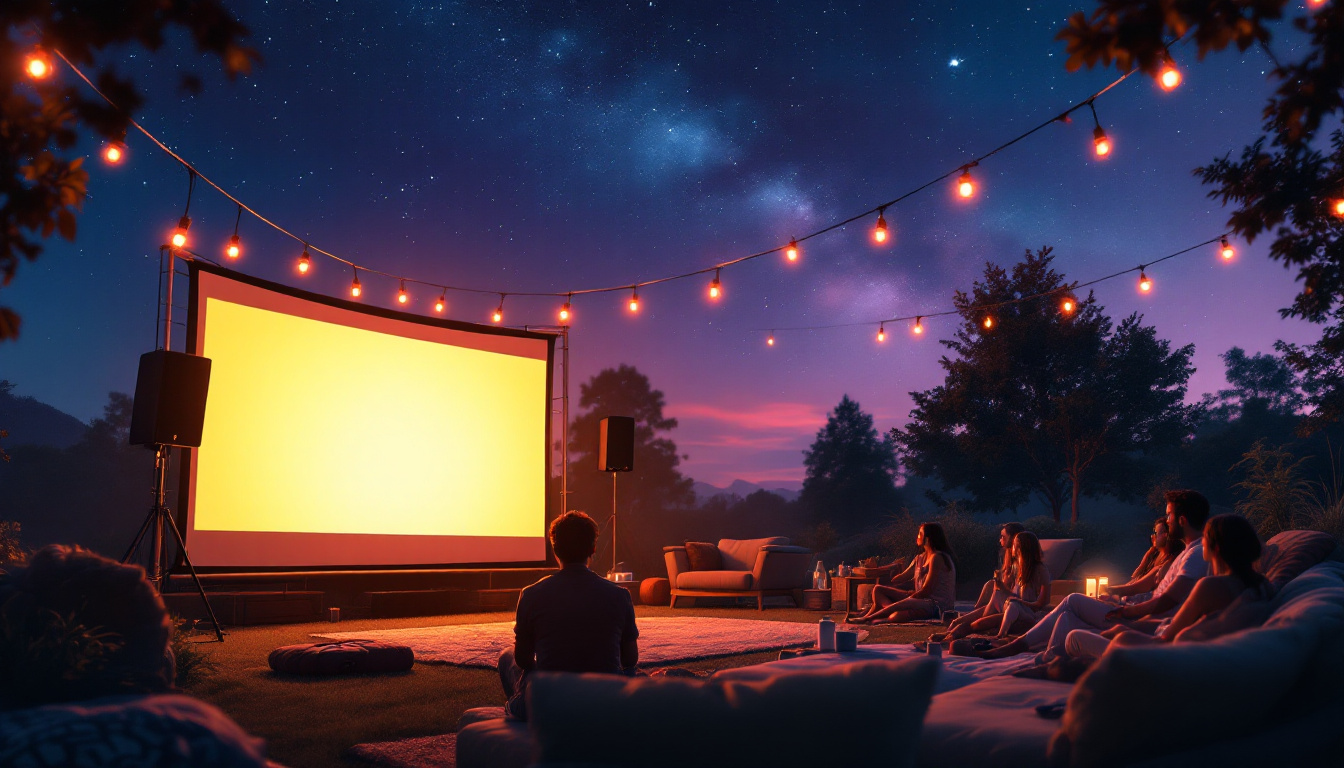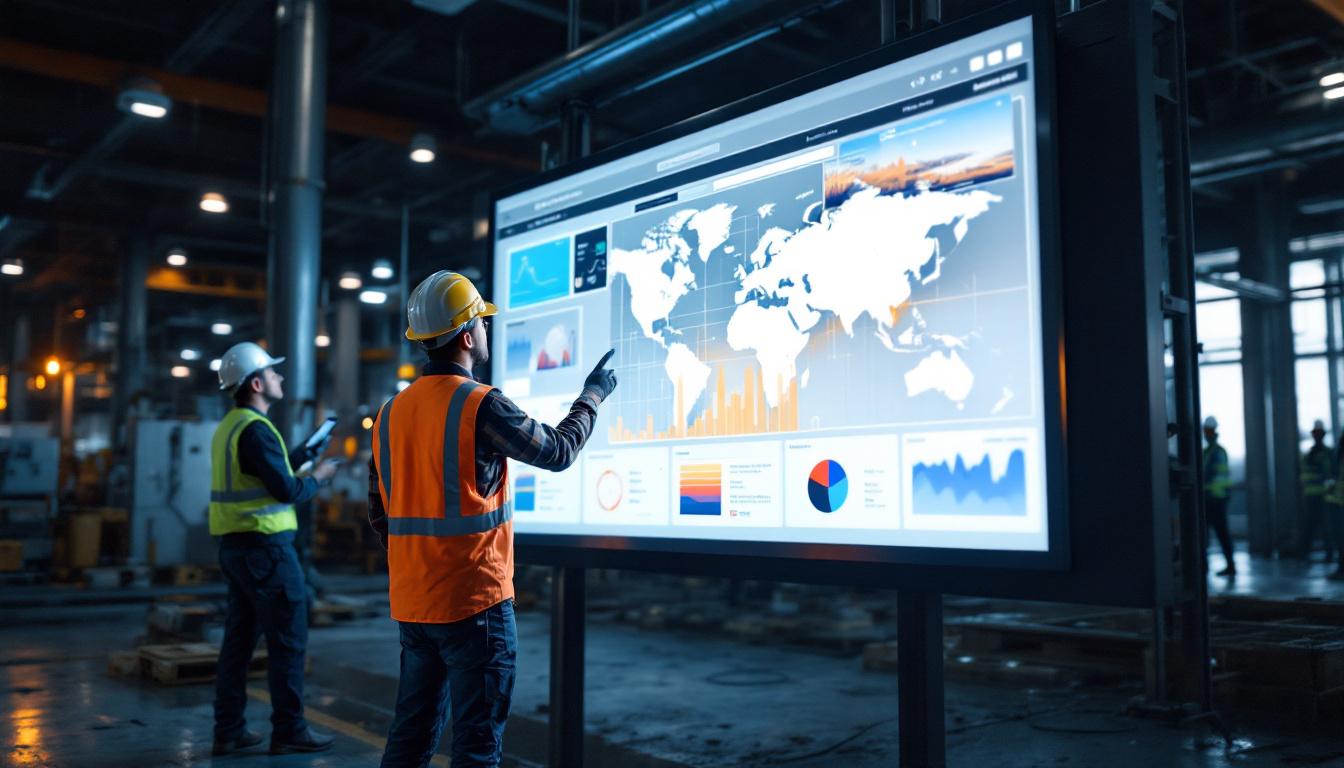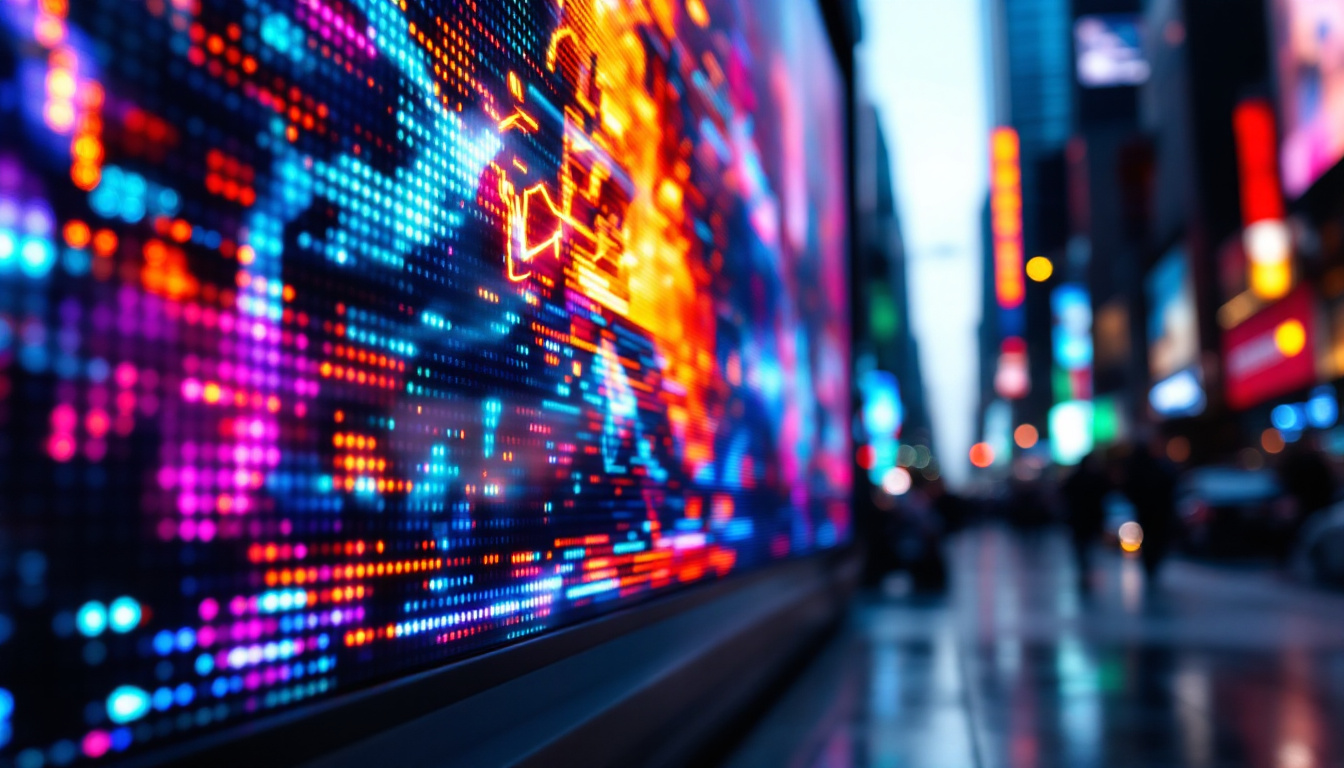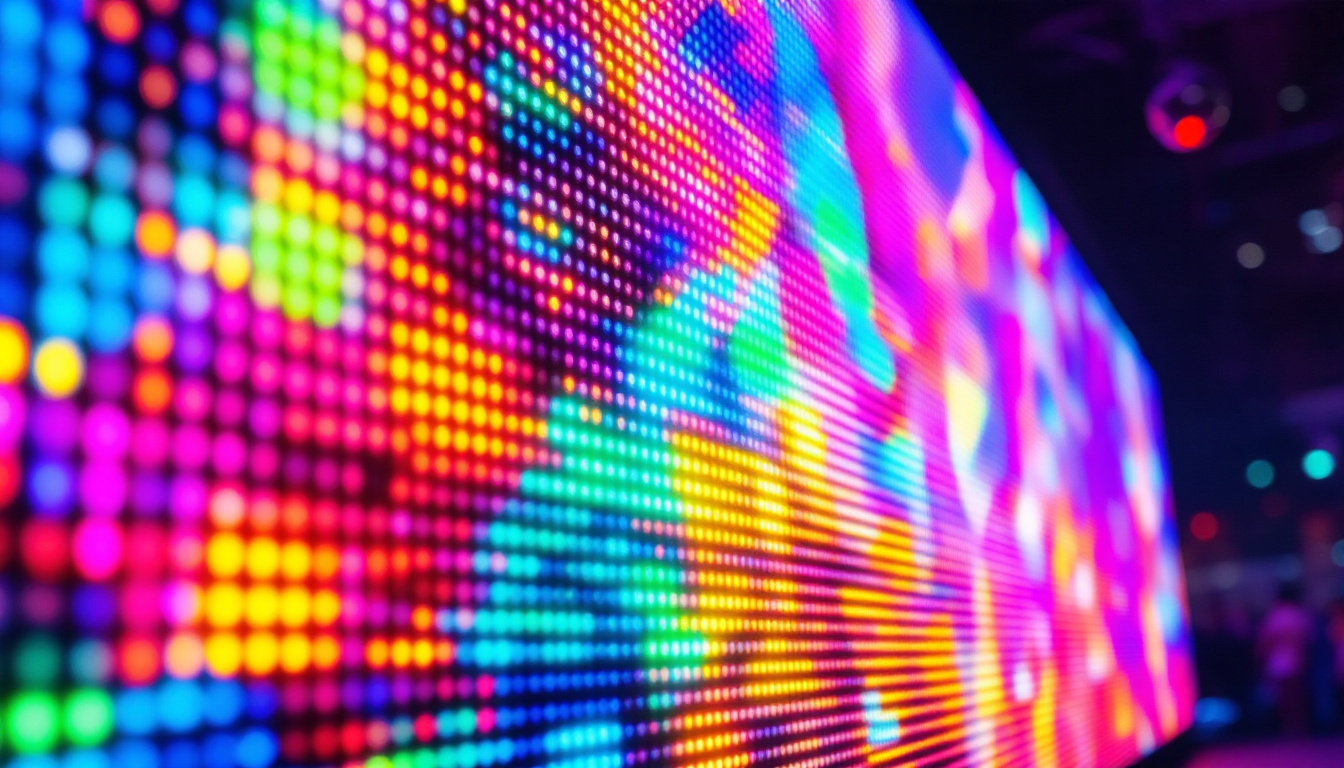In today’s fast-paced world, capturing attention quickly and effectively is crucial for businesses, public services, and event organizers alike. Outdoor LED sign boards have emerged as a powerful tool to convey messages dynamically and vividly. But what exactly are these LED displays, how do they work, and why are they becoming the preferred choice for outdoor advertising and information dissemination? This comprehensive guide will explore the technology behind outdoor LED sign boards, their benefits, types, and practical applications to help you understand why they are revolutionizing visual communication.
Understanding Outdoor LED Sign Boards
What Is an Outdoor LED Sign Board?
An outdoor LED sign board is a digital display that uses light-emitting diodes (LEDs) to present text, images, videos, or animations in an outdoor setting. Unlike traditional static signs, LED sign boards offer dynamic content that can be updated remotely and frequently, making them ideal for advertising, public announcements, traffic information, and event promotions.
These signs are engineered to withstand various environmental conditions such as rain, wind, and sunlight, ensuring visibility and durability. The LED technology allows for high brightness levels, making messages clear and legible even in direct sunlight, which is a critical advantage over older display technologies. Furthermore, the energy efficiency of LED lights means that these signs consume less power than traditional neon or incandescent signs, leading to lower operational costs and a reduced carbon footprint.
Outdoor LED sign boards are increasingly being utilized in various sectors, including retail, education, transportation, and entertainment. For instance, shopping malls use them to showcase sales and promotions, while schools employ them to announce events and important notices. Their versatility and adaptability make them a valuable asset for any organization looking to enhance communication and engagement with their audience.
How Do LED Displays Work?
At the core of an LED sign board are thousands of tiny LEDs arranged in a matrix. Each LED acts as a pixel, and by controlling the brightness and color of each pixel, the display can produce a wide range of images and text. The LEDs are typically red, green, and blue (RGB), which combine to create millions of colors.
The display is controlled by a central processing unit that sends signals to the LEDs, dictating which should light up and at what intensity. Modern LED sign boards use sophisticated software to manage content scheduling, brightness adjustment based on ambient light, and even remote monitoring to ensure optimal performance. This software often includes user-friendly interfaces that allow operators to easily create and modify content, ensuring that messages are timely and relevant.
Moreover, many LED sign boards are equipped with sensors that can detect environmental conditions, allowing for automatic adjustments to brightness levels based on the time of day or weather conditions. This feature not only enhances visibility but also extends the lifespan of the LEDs by preventing them from operating at unnecessarily high brightness levels during low-light conditions. As technology continues to evolve, we can expect even more advanced features, such as integration with social media feeds or real-time data displays, further enhancing the functionality and appeal of outdoor LED sign boards.
Key Features and Advantages of Outdoor LED Sign Boards
High Visibility and Brightness
One of the standout features of outdoor LED sign boards is their exceptional brightness. With brightness levels often exceeding 5,000 nits, these displays remain visible in direct sunlight, making them perfect for outdoor use. This high visibility ensures that messages reach a wide audience regardless of weather or time of day.
Energy Efficiency and Longevity
LED technology is renowned for its energy efficiency compared to traditional light sources such as neon or incandescent bulbs. Outdoor LED sign boards consume less power while delivering brighter displays, reducing operational costs significantly. Additionally, LEDs have a long lifespan, often exceeding 100,000 hours, which translates to years of reliable service with minimal maintenance.
Dynamic and Flexible Content
Unlike static signs, LED displays can show a variety of content types, including scrolling text, full-motion video, animations, and real-time data such as weather updates or social media feeds. This flexibility allows businesses and organizations to tailor their messaging to different audiences and times of day, maximizing engagement.
Weather Resistance and Durability
Outdoor LED sign boards are built to endure harsh weather conditions. They are typically housed in weatherproof enclosures with protection against dust, moisture, and temperature extremes. This robustness ensures consistent performance in rain, snow, or intense heat, making them a reliable communication tool year-round.
Types of Outdoor LED Sign Boards
Single-Color LED Displays
Single-color LED sign boards use LEDs of one color, usually red or amber. These are commonly used for simple text messages such as time, temperature, or basic announcements. While they lack the visual appeal of full-color displays, they are cost-effective and highly visible.
Full-Color LED Displays
Full-color LED sign boards utilize RGB LEDs to produce a broad spectrum of colors, enabling vibrant images, videos, and animations. These are ideal for advertising, entertainment venues, and public information displays where eye-catching visuals are essential.
Indoor vs. Outdoor LED Displays
While this article focuses on outdoor LED sign boards, it’s worth noting the differences between indoor and outdoor models. Outdoor displays are designed with higher brightness, weatherproofing, and sturdier construction to handle environmental challenges. Indoor LED displays prioritize resolution and color accuracy but do not require the same level of durability.
Applications of Outdoor LED Sign Boards
Advertising and Marketing
Businesses leverage outdoor LED sign boards to promote products, special offers, and brand messages. The ability to update content instantly allows for timely campaigns and targeted advertising. For example, retail stores can display flash sales, restaurants can highlight daily specials, and automotive dealerships can showcase new arrivals.
Public Information and Safety
Government agencies and municipalities use LED sign boards to communicate important information such as traffic updates, weather warnings, emergency alerts, and public health messages. These signs play a crucial role in keeping communities informed and safe, especially during natural disasters or public emergencies.
Events and Entertainment
Outdoor LED displays are popular at concerts, sports venues, festivals, and fairs. They enhance the audience experience by broadcasting live footage, event schedules, sponsor messages, and interactive content. Their large size and brightness ensure visibility even in crowded, dynamic environments.
Transportation and Wayfinding
Airports, bus stations, and train terminals utilize LED sign boards for real-time schedules, gate information, and directions. On highways, variable message signs (VMS) use LED technology to inform drivers about traffic conditions, speed limits, and road hazards, improving traffic flow and safety.
Choosing the Right Outdoor LED Sign Board
Consider Pixel Pitch and Resolution
Pixel pitch—the distance between individual LEDs—affects the resolution and viewing distance of the display. Smaller pixel pitch means higher resolution and better image clarity, which is important for close viewing distances. For large outdoor signs viewed from afar, a larger pixel pitch is acceptable and more cost-effective.
Assess Brightness and Viewing Angle
Brightness should be sufficient to ensure readability in direct sunlight, typically above 5,000 nits for outdoor use. The viewing angle determines how well the display can be seen from different positions. Wide viewing angles are essential for signs placed in locations where viewers approach from multiple directions.
Evaluate Durability and Weatherproofing
Look for signs with appropriate IP (Ingress Protection) ratings, indicating resistance to dust and water. For outdoor applications, an IP65 rating or higher is generally recommended. Additionally, consider the operating temperature range to ensure the sign performs well in your local climate.
Software and Control Systems
Modern LED sign boards come with user-friendly software that allows remote content management, scheduling, and diagnostics. Choose a system that offers flexibility, ease of use, and compatibility with your existing infrastructure. Some advanced solutions also support integration with social media and live data feeds.
Installation and Maintenance Considerations
Professional Installation
Proper installation is critical to the performance and longevity of outdoor LED sign boards. This includes secure mounting, electrical wiring, and ensuring adequate ventilation to prevent overheating. Engaging experienced professionals ensures compliance with local regulations and safety standards.
Routine Maintenance and Troubleshooting
Although LED signs are low-maintenance, regular inspections help identify issues such as dead pixels, power supply faults, or weather-related damage. Cleaning the display surface to remove dust and grime also maintains optimal brightness and clarity. Many LED systems include remote monitoring features to detect and alert operators to potential problems.
The Future of Outdoor LED Sign Boards
Advancements in LED Technology
LED technology continues to evolve, with improvements in energy efficiency, color accuracy, and pixel density. MicroLED displays, for example, promise even higher resolution and brightness with lower power consumption, which could redefine outdoor signage in the coming years.
Integration with Smart City Infrastructure
Outdoor LED sign boards are increasingly integrated into smart city ecosystems, providing real-time data and interactive capabilities. This integration enhances urban management, traffic control, and public engagement, making cities more responsive and connected.
Environmental and Sustainability Trends
As sustainability becomes a priority, manufacturers are focusing on eco-friendly materials, recyclable components, and energy-saving features. Solar-powered LED sign boards and those with adaptive brightness controls help reduce environmental impact while maintaining high performance.
Conclusion
Outdoor LED sign boards represent a dynamic and versatile solution for communication in public spaces. Their ability to deliver bright, clear, and engaging content in all weather conditions makes them invaluable for businesses, governments, and event organizers. Understanding the technology, features, and applications of LED displays empowers decision-makers to select the right signage that meets their needs and maximizes impact.
As LED technology advances and integrates with emerging smart systems, outdoor LED sign boards will continue to play a pivotal role in shaping how information is shared and experienced in the modern world.
Illuminate Your Message with LumenMatrix
Ready to elevate your outdoor communication with vibrant clarity and unparalleled durability? Discover LumenMatrix’s innovative LED display solutions, crafted for those who demand the best in visual storytelling. From bustling city centers to tranquil park settings, our comprehensive range of LED display modules—including Indoor and Outdoor LED Wall Displays, Vehicle LED Displays, LED Poster Displays, LED Sports Displays, Floor LED Displays, Custom LED Displays, All-in-One LED Displays, and LED Transparent Displays—are designed to captivate and engage your audience. Embrace the future of digital signage with LumenMatrix and transform your message into an unforgettable visual experience. Check out LumenMatrix LED Display Solutions today and make a lasting impression in the world of visual communication.

